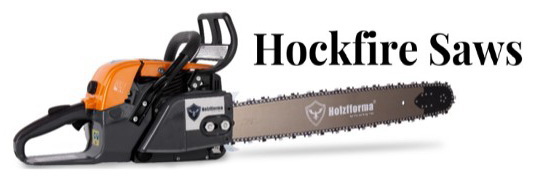The basic ignition coil is just two sets of windings (coils of wire) that form a transformer. The voltage is stepped up based on the number of turns in the secondary (high voltage/spark plug) side compared to the primary (low voltage) side. When current flows through a wire it created a magnetic field around the wire. When a wire moves through a magnetic field (or vice versa) it induces a voltage in the wire. When current flows through the primary windings it creates a magnetic field, when the current stops and the magnetic field collapses, the magnetic field moving across the secondary windings induces the high voltage.
In a conventional point/condenser ignition, the breaker points open at the right instant and stop the current flow collapsing the magnetic field. The condenser prevents arcing across the points and reverses the flow through the primary windings speeding the collapse of the magnetic thus inducing more voltage in the secondary windings.
Early electronic ignition systems had separate "trigger" circuits but retained fairly conventional "coils" similar to the points ignitions they were replacing. The trigger circuit could sense the rising voltage in the primary and interrupt the flow as just the right point to collapse the magnetic field and induce the high voltage in the secondary windings. The trigger circuits frequently relied on the use of capacitors (AKA condensers) to temporarily store a charge and then discharge back through the primary windings like the condenser in a points system. Many of the early electronic ignition systems were known as CD or Capacitor Discharge ignitions.
Later on some bright Engineers including Robert Jackson at McCulloch figured out how to combine the trigger circuits into the body of the "coil" making a compact one piece ignition "module". As their technology and components developed, it was possible to include features like built in advance capabilities to advance the ignition timing as the engine speeds up, RPM limiting circuits to intermittently kill the ignition to control the maximum RPM of the saw, and low speed limiters to insure the engine is cranking over fast enough before the spark is enabled to prevent "kick back" when starting.
Some guys today like to replace the points and condensers with a "chip" or "module" like the Nova and Nova II. I don't know exactly how they sense the rising voltage and know when to cut the current flow to trigger the spark but in some cases they produce a very good spark and will never suffer from corroded or arc burned points or the points bouncing at high RPM.
Mark






